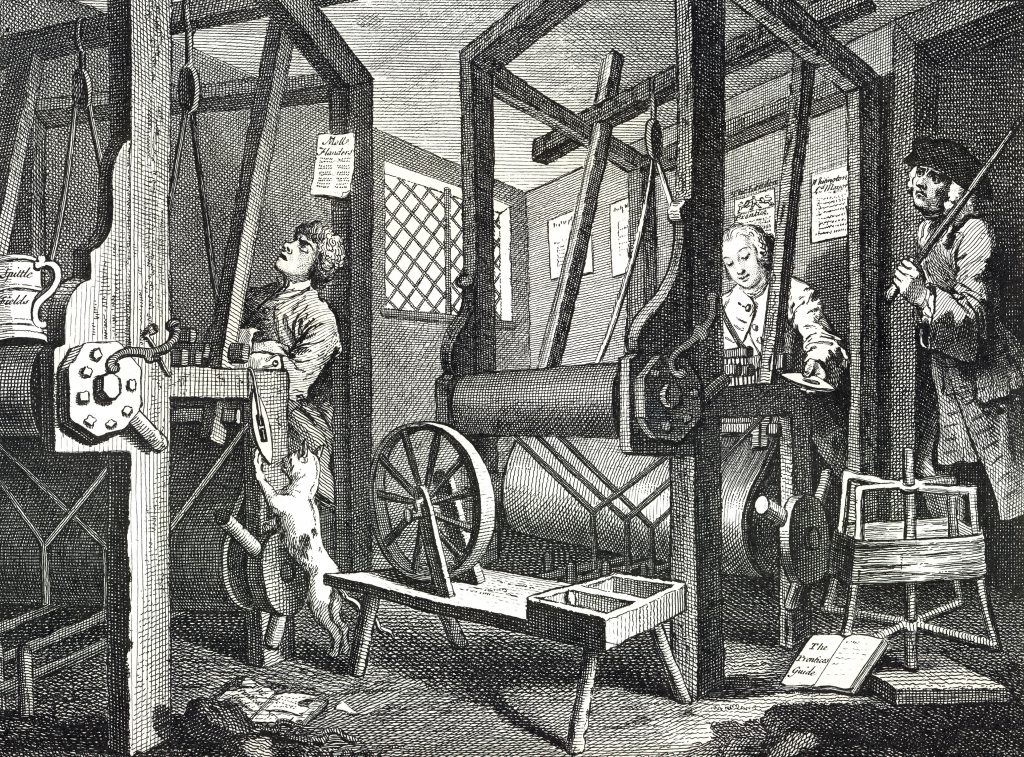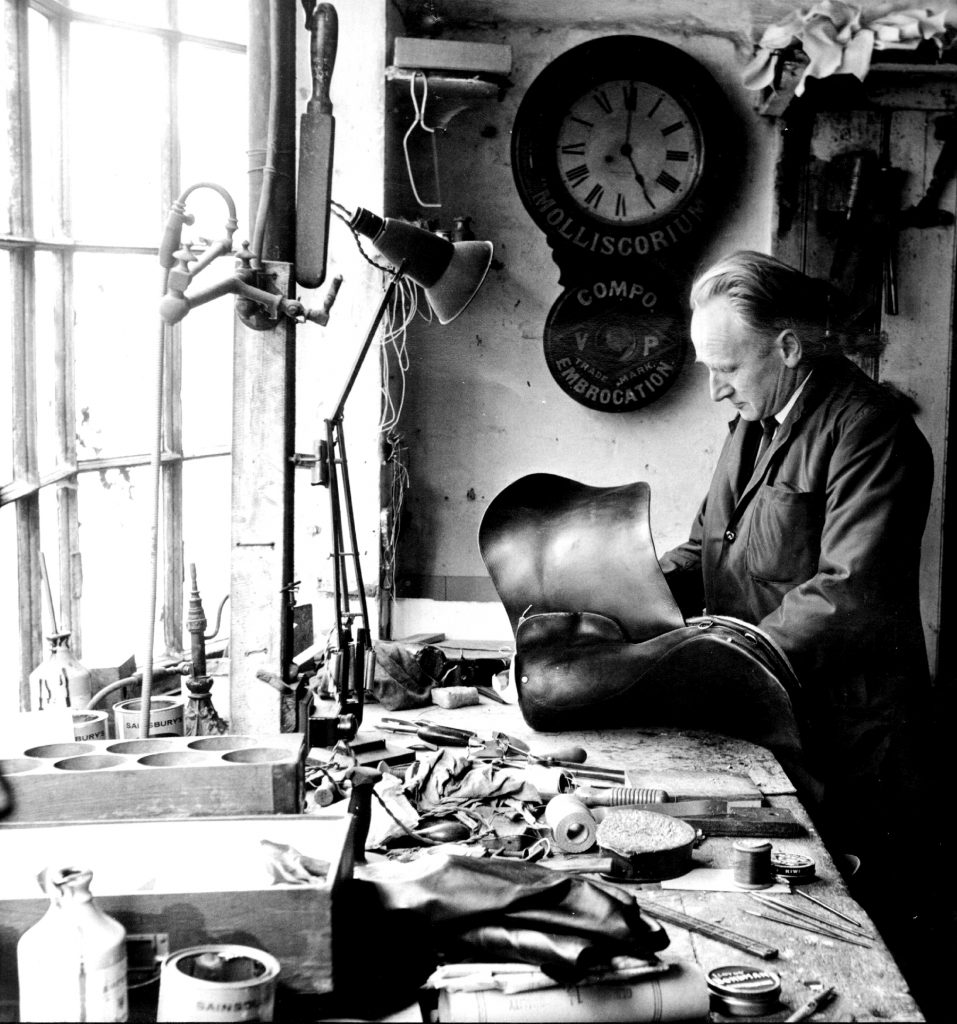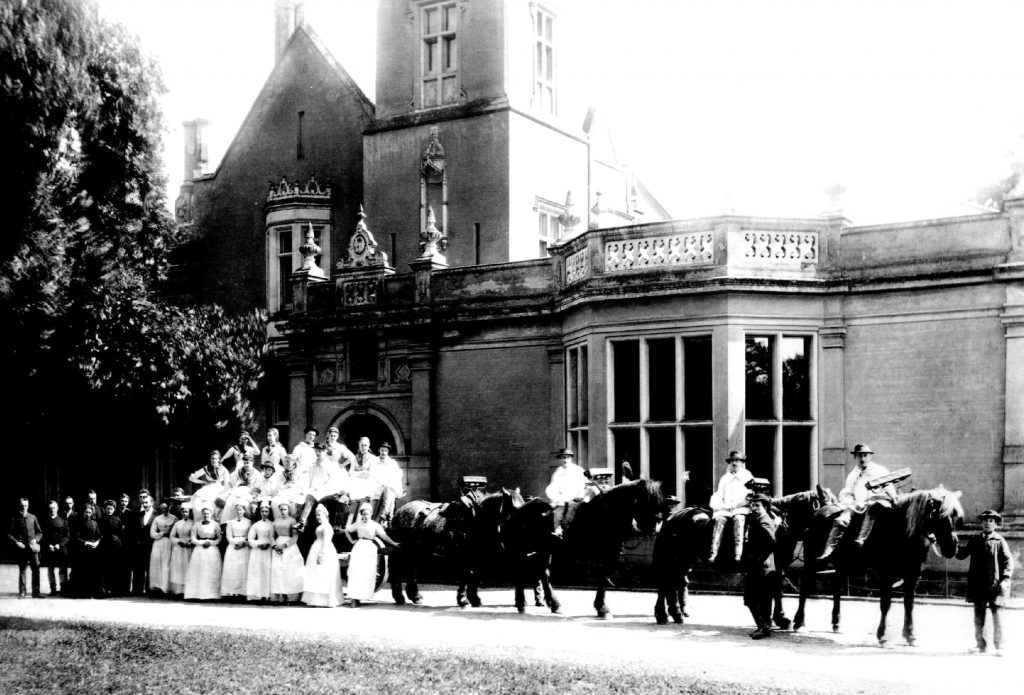
With the current debate and concerns about the potential impact of Artificial Intelligence on jobs Horsham Museum’s latest exhibition on work could not be more relevant.
The exhibition, ‘All work and no play – the working life of Horsham folk’, charts the evolution of business and work in the Horsham District over the last two hundred years against the backdrop of the Industrial Revolution in the 18th and 19th centuries to the present day.
This exhibition provides a hopeful message from the past and illustrates how work has changed and evolved over the centuries.
Both science and theology acknowledge that we live in a perfecting Universe and we affect and can have a positive part to play in that perfecting through our stewardship and work. Work is fundamentally important to our wellbeing on a physical, emotional and spiritual level. It informs our human experience of the world and our identities.

Amongst my favourite images in the exhibition is a photograph of William Albery working on a saddle in his workshop. Hand crafted objects are still highly valued today. He apprenticed to his father’s Saddlers firm in 1878 and was running the business by the time he was twenty-one. William Albery was a man with a keen social conscience and a member of the Labour Party. In 1929 he successfully campaigned to become a Horsham District Councillor. He was known for his care for those down on their luck including the shoe maker and folk singer, Henry Burstow.
William Albery was also a keen historian and the horse related Lorinery items which he collected are on permanent display at the museum.

The lives and work of the English country house have been characterised in Downton Abbey. The photograph of the staff at Coolhurst depicts the working community of an English country house at its height.
The plate ‘The Tailor Apprentice’ from William Hogarth’s 1747 series of engravings ‘Industry and Idleness’ speaks of the virtues of industriousness over idleness. Two apprentices strike out from the same place upon very different paths. Francis Goodchild through hardwork and discipline becomes the Lord Mayor of London whilst Thomas Idle’s more chaotic approach to life tragically leads him to Tyburn and execution.
The stories told by these images from different centuries speak into our own time. Work and the jobs that we do have always changed and there is no doubt that they will continue to do so. The different models of work described in this exhibition establish that we flourish in work where the relationship between employer and staff is informed by mutual respect, care, fairness, industry and duty – then our lives are not ‘all work and no play’.
This insightful exhibition ‘All work and no play – the working life of Horsham folk’ runs at the Horsham Museum & Art Gallery, The Causeway, Horsham, RH12 1HE until 13th April 2018. For more information go visit www.horshammuseum.org.
By Rupert Toovey, a senior director of Toovey’s, the leading fine art auction house in West Sussex, based on the A24 at Washington. Originally published in the West Sussex Gazette.